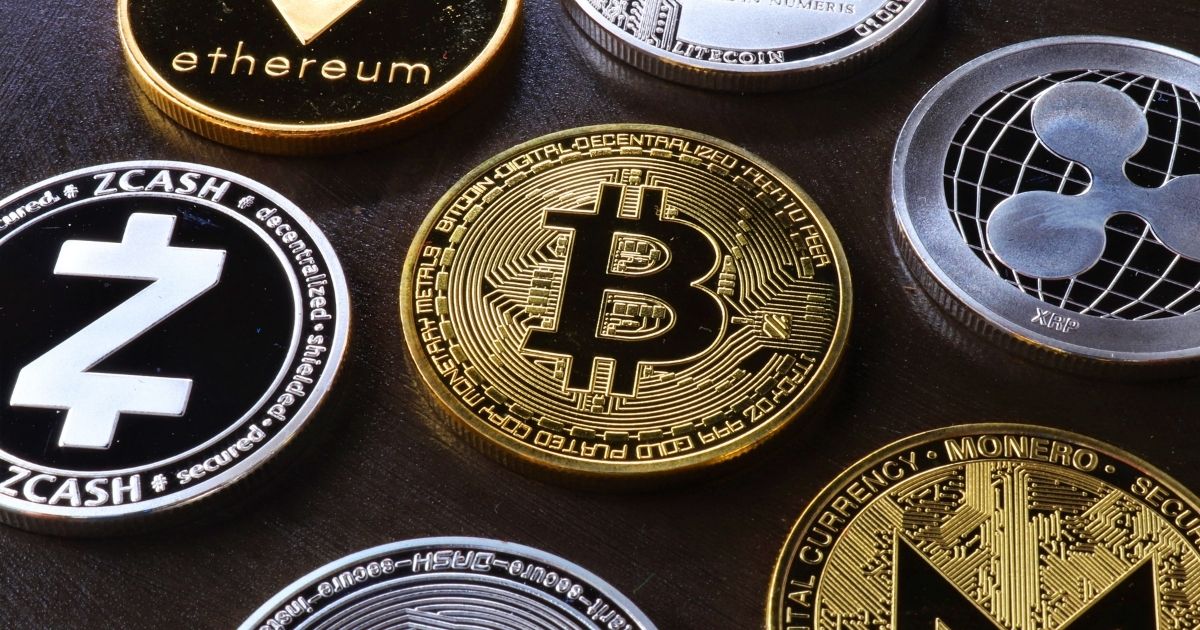- Who We Are
- What We Do
- Success Stories
- Careers
- News & Events
- Contact us

Among the many things that we have learned in the past couple of years, it’s that cash may no longer be king, or it won’t be for long. The coronavirus pandemic has shown an acceleration of the shift to cash alternatives like cryptocurrency.
For many businesses that have already switched to digital payments, it’s unlikely that they’ll go back to cash even if the circumstances go back to “normal.” What that means is that soon enough, we might see the end of money and the beginning of digital currencies as the primary means of payment.
While cryptocurrency is the one that many are familiar with, there are other cash alternatives. We’re going to discuss these digital currencies and baking solutions in this post:
Cryptocurrency
The most popular cryptocurrency is known as Bitcoin. Although it has been around since 2009, it has only become popular in the last few years. It’s a decentralized virtual currency backed by open-source technology. It’s based on mathematical algorithms that produce new bitcoins at a predictable and decreasing rate. Bitcoin is both a cryptocurrency and a digital payment system.
It is used for both currency and transactions.
What makes it popular is that it is entirely decentralized: no central bank regulates it. The mining, buying, and selling are all done by individual users. It is also transparent, with all transactions documented and made public with the help of an online ledger called a blockchain.
Bitcoin is not the only cryptocurrency out there. There are hundreds of others, with new ones coming out frequently. While most are still under development and not as popular, some have gained some traction in the market. Some of them are:
● Litecoin
● Ripple
● Dogecoin
● Cloakcoin
● Safecoin
Stablecoins
It would be logical to conclude that stablecoins will be the next step in the evolution of cryptocurrency. Stablecoins are electronic coins whose value is pegged to conventional assets and held in reserve. They are different from cryptocurrencies like bitcoin that are reliant on blockchain technology.
They’re so-called because their value is stable, and they keep the same value over time. They’re also especially appealing to businesses who seek to integrate them into their current business model seamlessly. They are interesting in that they can be used for transactions and currency. They are also more stable than other cryptocurrencies, which means that you can use them for transactions without fearing that you’ll lose their value.
CBDCs or Central Bank Digital Currencies
Many central banks are interested in the technology behind cryptocurrency and are creating their own digital currency. Many hope that they can do what cryptocurrency does without having to use a cryptocurrency. This is because cryptocurrencies are still volatile and not widely accepted.
The primary goal for central banks is to develop a digital currency similar to a paper currency, but that can be used for both transactions and storing wealth. A CBDC will use a cryptocurrency-like technology to create a new type of currency that will be more stable, with a more predictable value.
Conclusion
As much of the world is shunning cash, currency alternatives are increasingly popular. While there is still a place for cash as a transactional currency, we might soon see it being replaced with cash alternatives. There might even be other digital banking solutions in the future, too.
If you’re a business owner considering the use of digital payments for your transactions, you want to make sure that your platform is secure and ready for the shift. Informatics offers banking solutions along with other services your business can benefit from. Contact us today to know more!
Written by Hiran Wickramasinghe
